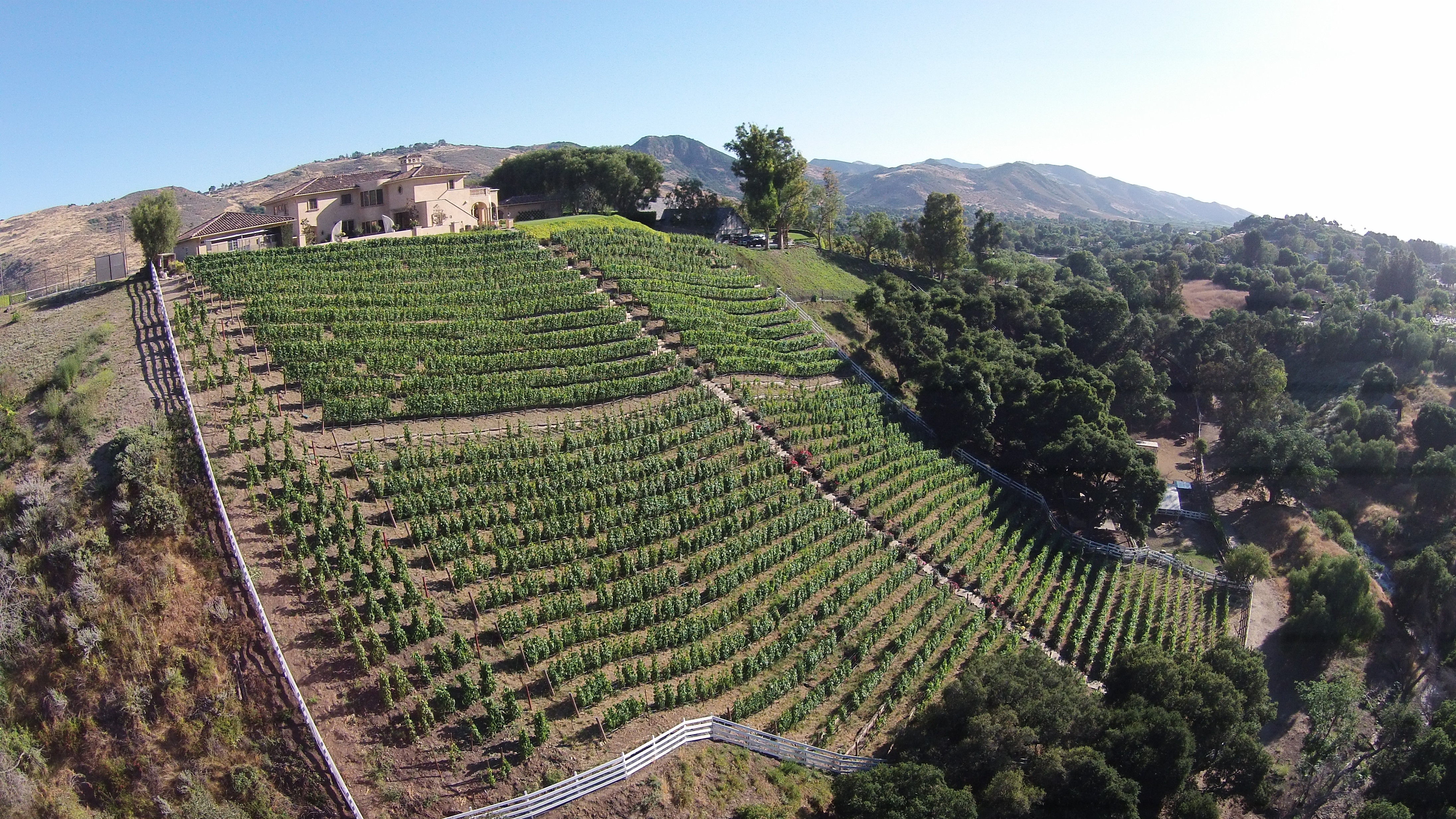Blog
Harvest 2017...Another Step in Making Great Al Lago Wines
10/08/2017

The Al Lago Wines' family is now just a little over the midway point of harvest. 2017 is an exciting year for us! We are pleased to introduce a few, new varietals into our blends this year. More on that in the months ahead. For now, I want to bring you into the crazy world of harvest. There is always a flurry of activity as we shift our focus from the vines to the cellar. Harvest days are long and they rarely, if ever, go as planned. The fruit has a tendency to be ready at the most inconvenient time. Since “Mother Nature” waits for no one, this usually means that there are multiple varietals of grapes being picked on the same day, multiple loads to be hauled, and then multiple varietals to be processed in any one, already impossibly full day. We generally rise before the sun comes up and often do not return home until well past its setting. For approximately three months, the cellar becomes our life. In the industry, we jokingly call our spouses and partners "harvest widow(er)s" at this time of year, because we rarely see them during this time. Guillaume Fabre's wife, Solene, once told me that the only way she knew if Guillaume -- our winemaker -- came home was by feeling if the sheets on his side of the bed were warm.
Preparations for harvest begin weeks before the first-anticipated pick. While cleanliness and sanitation are key components to every winery program, the harvest season requires a much deeper cleaning protocol than at other times in the year. The high sugar content and warmth of fermenting fruit makes it a highly attractive environment for bacteria, so great steps are taken to prevent spoilage. Equipment that has been stored all year is also prepared. Picking bins and fermentation vessels are vigorously cleaned and organized so that they are out of the way of the work area, but are still ready for the vineyard crew at any moment. Machinery like grape presses, de-stemmers and sorting tables are deeply cleaned and calibrated, but they must also have their gears lubricated with a food-grade greaser. There is a lot to be done before the first ton of grapes ever makes it into the cellar.
The days before the first pick are fraught with anticipation. The fruit undergoes several taste tests. When the first fruit seems ready to Guillaume, a vineyard sample is collected and sent for chemical analysis. In order to get an accurate representation of the overall maturity of the grape berries, different points along the vines are chosen. The selected berries are then smashed, and the juice is submitted to a wine laboratory. The grape juice is then tested for Brix (sugar) content, acid type, pH, and YAN (which evaluates how much nitrogen is available for yeast to consume). When Guillaume believes these elements have achieved the right levels, it is time to pick. This is more difficult than it sounds; grape picks cannot be performed at whim. Labor crews and machinery are booked days ahead so a winemaker must often anticipate the point that the berries will be ready. At Al Lago, all of our fruit is hand picked, which is more expensive and time consuming. The fruit is then loaded and transported to the winery in Paso Robles-- where the clusters arrive with minimal damage and without shriveled berries, since the crew only picks the best of the crop.
Once the fruit finally arrives at the winery, it is then processed immediately. This usually means sorting the berries (or clusters, if they are not destemmed before they are packed) into prospective fermentation vessels where they will remain anywhere from two weeks to several months; however, our work is not finished there. In order to ensure the fermentation is going at a steady rate, the sugar level is tested and the temperature taken daily, and adjustments are made, if they are needed. A healthy ferment will have steady drops in sugar content and elevated temperatures from the yeast activity.
All in, harvest is indeed a harrowing time with heavy demands and sleepless nights, but it is extremely fulfilling in many ways. The months of careful pruning and diligent cultivation are rewarded by the excellent condition of our fruit. There is a fierce pride that sets in as we watch grapes -- which we've personally had a hand in pruning and monitoring-- transform into premium wine. We'll keep you updated as this vintage progresses; it will be fun to document a single year and you will be able to follow the process from its inception. Happy harvest!
Post By:
Samantha Mogull
Add a comment
Comments are subject to approval and may not post immediately.

